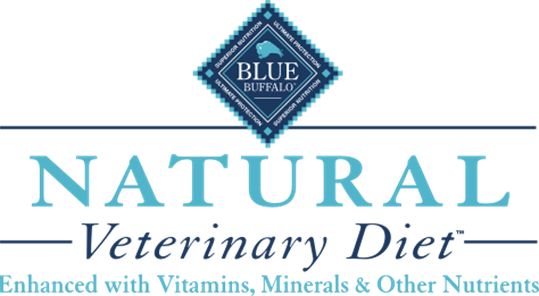Small Animal Internal Medicine
In Person Only
NU05 - Investigating the Microbiome of the Canine Struvite Urolith and Its Link to the Oral Cavity
Thursday, June 19, 2025
5:30 PM - 5:45 PM ET
Location: KICC M111
CE: 0.25 Medical

Jodi Westropp, DVM, PhD, DACVIM (SAIM)
Professor, Medicine and Epidemiology
University of California
Davis, California, United States
Research Abstract - Oral Presenter(s)
Abstract:
Background: A link between the oral microbiome and urolith formation has been investigated in humans, associations in dogs are lacking. While canine struvite urolithiasis is traditionally associated with urease producing organisms, the urolith microbiome and its role in stone formation remains largely unexplored.
Hypothesis/
Objectives: Canine struvite uroliths contain a diverse microbiome that share genomically indistinguishable organisms to those in the oral cavity.
Animals: Eleven dog struvite uroliths submitted to the UC Davis Stone Analysis Laboratory were examined directly. Buccal mucosal swabs from seven healthy dogs were obtained.
Methods: A retrospective, cross sectional, non-case controlled, microbiome study was conducted with total RNA sequencing. Taxonomic and functional profiles of the uroliths and oral microbiomes were examined for common organisms. Comparisons to aerobic urine/urolith cultures, obtained at the time of stone removal, were done.
Results: Uroliths contained 693 microbes, of which 322 were shared with the oral swabs. Dogs with positive urine (n=6)/urolith (n=8) cultures yielded Staphylococcus or Enterococcus. While metatranscriptomic analysis detected abundant Staphylococcus species in the stone, it also found numerous microbes, including multiple species of Enterococcus and Porphyromonas that were shared with oral samples. These organisms can produce ammonia via urease and other metabolic routes including nitrate/nitrite reduction and arginine catabolism.
Conclusions and Clinical Importance: Using metatranscriptomics, we found many highly active microbes that are known to produce ammonia through various mechanisms. The numerous shared strains suggest that oral health may be important in urolith formation. Additional studies to characterize microbial community metabolic function will further elucidate the oral/urolith axis.
Background: A link between the oral microbiome and urolith formation has been investigated in humans, associations in dogs are lacking. While canine struvite urolithiasis is traditionally associated with urease producing organisms, the urolith microbiome and its role in stone formation remains largely unexplored.
Hypothesis/
Objectives: Canine struvite uroliths contain a diverse microbiome that share genomically indistinguishable organisms to those in the oral cavity.
Animals: Eleven dog struvite uroliths submitted to the UC Davis Stone Analysis Laboratory were examined directly. Buccal mucosal swabs from seven healthy dogs were obtained.
Methods: A retrospective, cross sectional, non-case controlled, microbiome study was conducted with total RNA sequencing. Taxonomic and functional profiles of the uroliths and oral microbiomes were examined for common organisms. Comparisons to aerobic urine/urolith cultures, obtained at the time of stone removal, were done.
Results: Uroliths contained 693 microbes, of which 322 were shared with the oral swabs. Dogs with positive urine (n=6)/urolith (n=8) cultures yielded Staphylococcus or Enterococcus. While metatranscriptomic analysis detected abundant Staphylococcus species in the stone, it also found numerous microbes, including multiple species of Enterococcus and Porphyromonas that were shared with oral samples. These organisms can produce ammonia via urease and other metabolic routes including nitrate/nitrite reduction and arginine catabolism.
Conclusions and Clinical Importance: Using metatranscriptomics, we found many highly active microbes that are known to produce ammonia through various mechanisms. The numerous shared strains suggest that oral health may be important in urolith formation. Additional studies to characterize microbial community metabolic function will further elucidate the oral/urolith axis.



